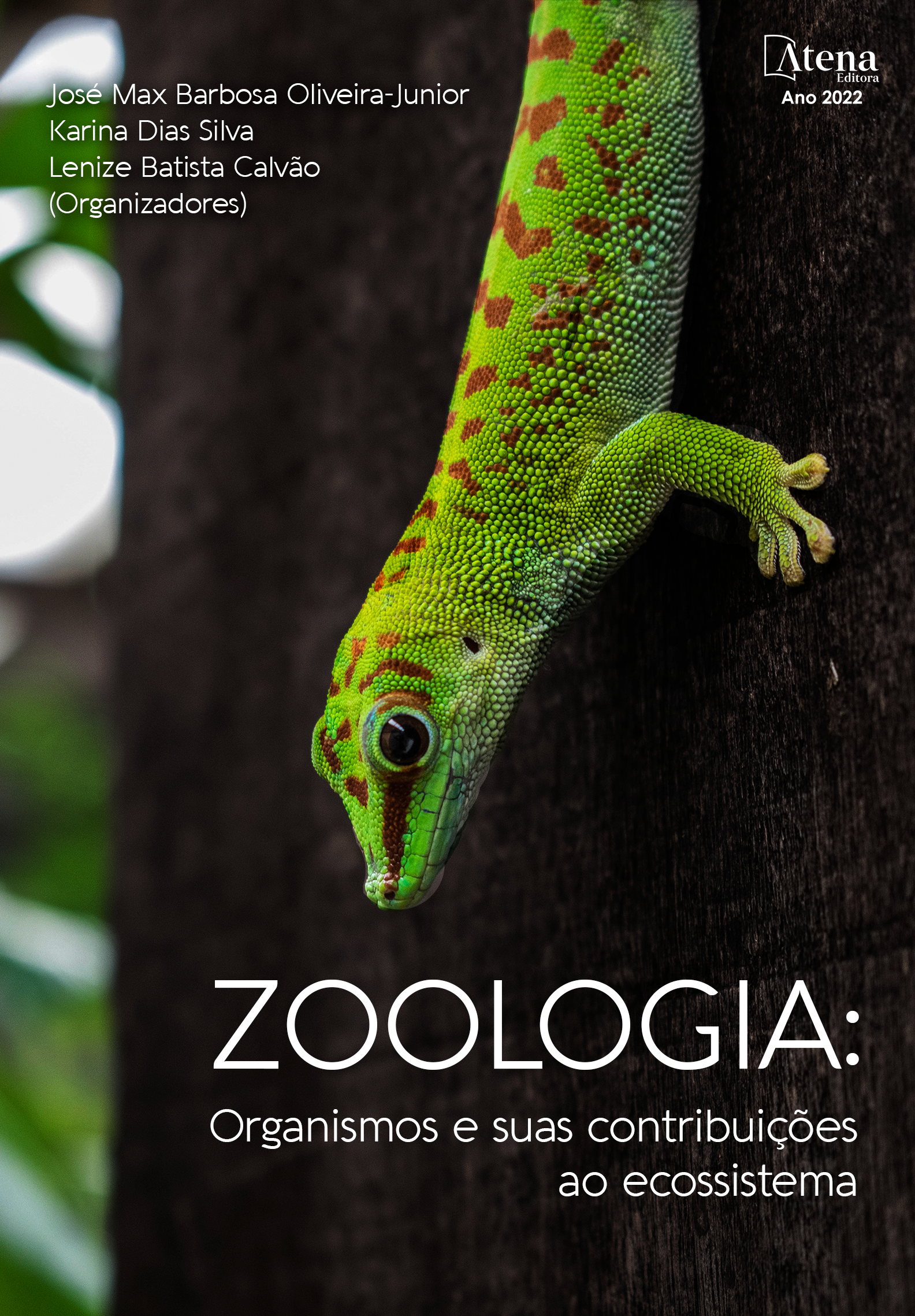
COMPOSIÇÃO DE INSETOS AQUÁTICOS EM DIFERENTES TIPOS DE SUBSTRATOS EM UM IGARAPÉ DE SEGUNDA ORDEM
Os insetos aquáticos são relacionados com os tipos de substratos presentes nos corpos d’água, visto que estes são responsáveis por fornecer condições específicas de habitat, podendo afetar a distribuição e abundância desses organismos. Dessa forma, é importante aprofundar o conhecimento sobre os substratos e a fauna de macroinvertebrados aquáticos, que atuam como ferramenta de avaliação das condições ambientais dos ecossistemas. O estudo foi realizado em um igarapé de segunda ordem, no módulo RAPELD 2, Ilha Grande, a cerca de 15 km do centro urbano do município de Altamira - PA, utilizando a comunidade de insetos aquáticos com objetivo de avaliar a preferência dos organismos por substratos de natureza orgânica ou inorgânica. As coletas foram compostas por três amostragens em cada um dos substratos: folhiço (orgânico) e areia (inorgânico), em três transectos do igarapé em novembro/2016. Foram coletados 456 indivíduos, nove ordens, nove famílias e quatro gêneros de insetos aquáticos, sendo Dipteraindivíduos, nove ordens, nove famílias e quatro gêneros de insetos aquáticos, sendo Diptera a ordem mais abundante (n=189). O substrato orgânico apresentou uma maior abundância (t=10,455, gl=14, p<0,05) e riqueza (t=4,88; gl= 16; p<0,05) de insetos aquáticos. Estes resultados demonstram a importância da conservação da mata ciliar, que fornece material orgânico e possibilita uma maior heterogeneidade de habitat dentro do igarapé, criando condições, oferecendo recursos, abrigo e fonte de alimento para a fauna local, e preservando os serviços ecossistêmicos providos por estes organismos.
COMPOSIÇÃO DE INSETOS AQUÁTICOS EM DIFERENTES TIPOS DE SUBSTRATOS EM UM IGARAPÉ DE SEGUNDA ORDEM
-
DOI: 10.22533/at.ed.2642230036
-
Palavras-chave: Insetos aquáticos; substrato; riqueza; abundância
-
Keywords: Aquatic insects; substrate; richness; abundance
-
Abstract:
Aquatic insects have a restricted relationship with the types of substrates present in water bodies, since these are responsible for providing specific habitat conditions, affecting the distribution and abundance of this organisms. Thus, it is important to know how the relationship between substrates and the aquatic macroinvertebrate fauna works as a tool for assessing the environmental conditions of ecosystems. The study was carried out in a second-order stream, in the module RAPELD 2, Ilha Grande, about 15 km from the urban center of the municipality of Altamira - PA, using the community of aquatic insects in order to assess the preference of organisms for substrates of organic or inorganic. The collections consisted of three samples of each of the substrates: litter (organic) and sand (inorganic), in three transects of the stream in november/2016. A total of 456 individuals, nine orders, nine families and four genera of aquatic insects were collected, Diptera being the most abundant order (n=189). The organic substrate showed a greater abundance (t=10,455, gl=14, p<0,05) e richness (t=4,88; gl= 16; p<0,05) of taxa. These results demonstrate the importance of conserving the riparian forest, which provides organic material and enables greater habitat heterogeneity within the stream, creating conditions, offering resources, shelter and food source for the local fauna, and preserving the ecosystem services provided by these organisms.
-
Número de páginas: 12
- Karina Dias-Silva
- Emily Vieira Drosdosky
- Fernanda Alexandre Silva
- Dianini Campos da Mota
- Damires Sanches Pereira
- Kenned da Silva Sousa
- Iluany da Silva Costa
- Kesley Gadelha Ferreira
- Ana Caroline Leal Nascimento
- José Max Barbosa de Oliveira Junior


